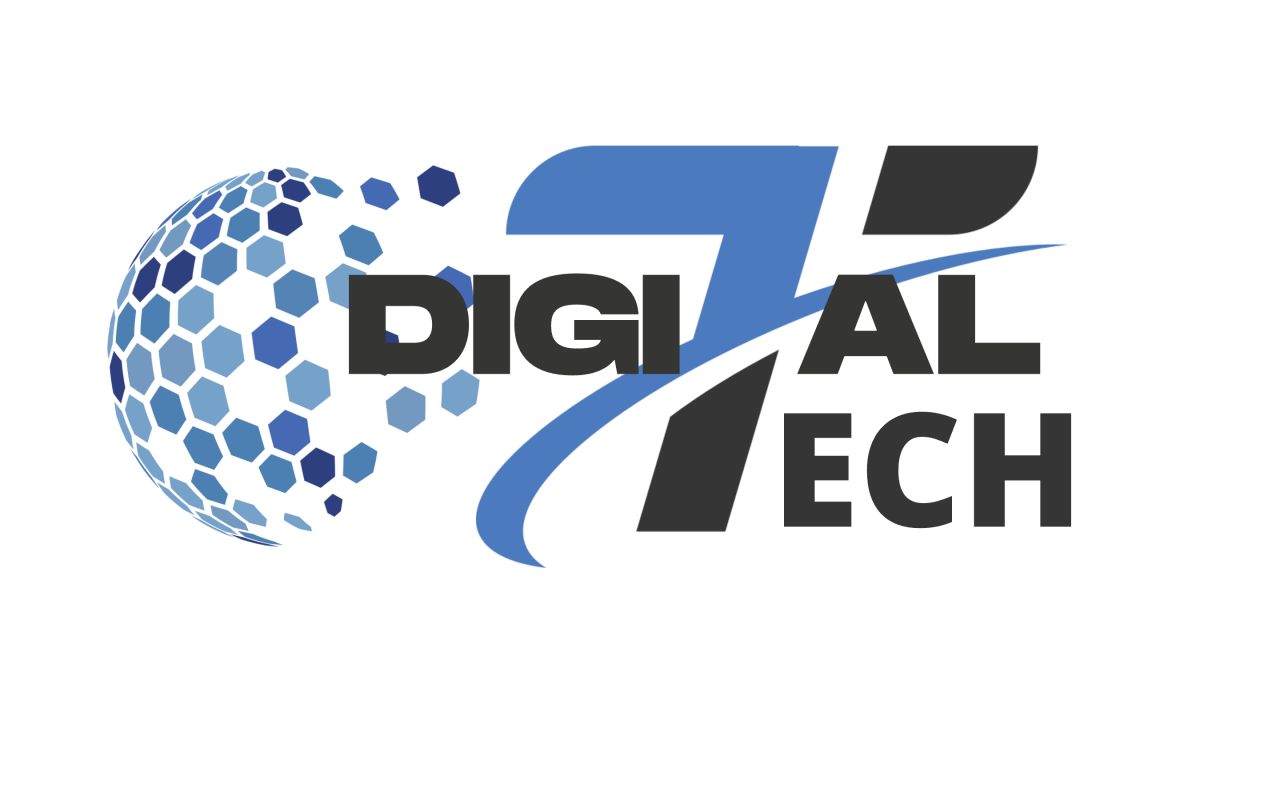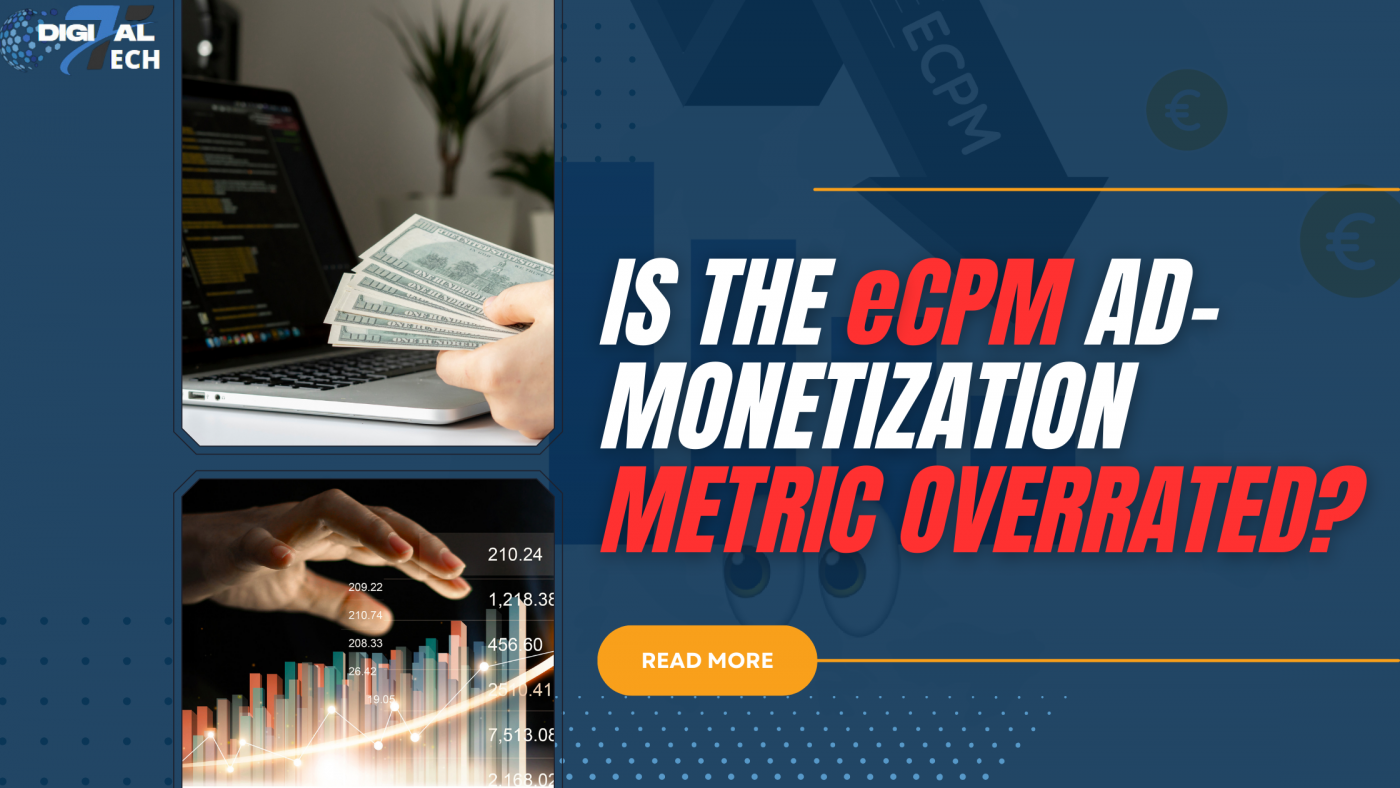eCPM is the trickiest and most useless metric in ad monetization. We will provide some evidence to prove that our claim is entirely accurate.
Before talking to your coworkers (or your supervisor), make sure you understand what eCPM is, how it operates, and the ten most crucial things you should know. After discussing the fundamental elements that impact eCPM, we will delve into a more in-depth examination of the metric and its actual significance in evaluating ad monetization tactics.
1. What is an eCPM?
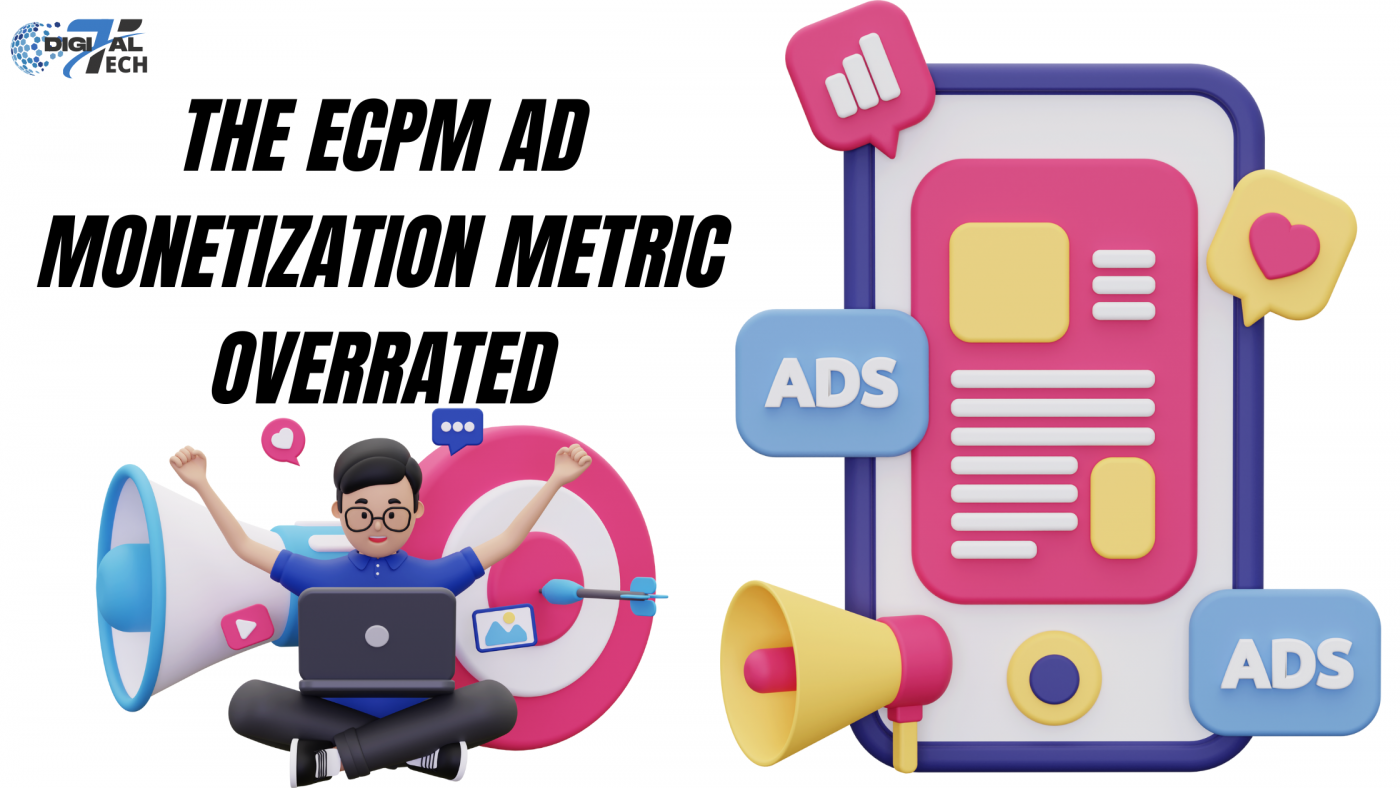
Effective cost per mile, or eCPM, is essentially a measurement of our revenue per thousand impressions (or advertising) that our players see. We average our revenues over thousands and millions of hours of advertising we offer because the value of those ads comes mostly from the installs and other actions our players take, not just from watching them.
2. Basic Elements that affect eCPM value
1. Ad Format
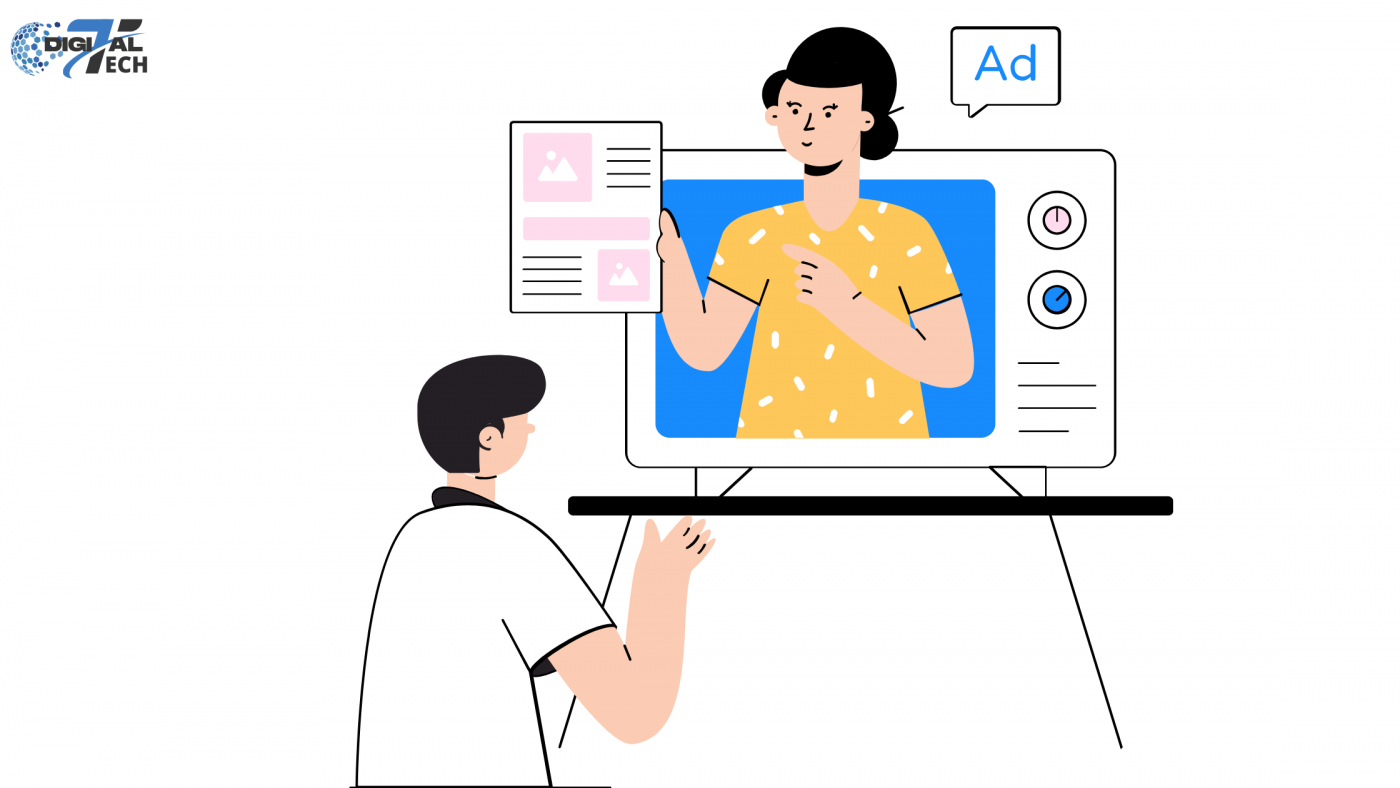
It is impossible to exaggerate the importance of ad formats. Comparing eCPMs without accounting for the same ad format is illogical since eCPMs inherently vary across ad formats.
It is generally known that banner advertising have the lowest eCPM. On the other hand, interactive and rewarded video advertisements typically generate substantially higher eCPMs. What then accounts for the wide range in eCPM across various ad formats?
This discrepancy result from the intrinsic variations in these advertisements. Because they are more interesting and take up the entire screen, interstitial and rewarded video advertising have significantly higher eCPMs than banner ads. They frequently include obvious calls to action and come in dynamic formats like movies or playable advertisements. The possibility of successful conversions rises along with player engagement as a result of this increased exposure and involvement.
2. Country

This is a simple aspect. Every country has a different eCPM, regardless of the type of advertisement. In general, eCPM is far higher in developed nations like the US, Germany, and Japan than it is in developing nations like Egypt, Brazil, Serbia, India, and Egypt.
The main cause of this variance is economic in nature. Players from the previous set of nations are more desirable for advertising since they often have higher spending power. It is only reasonable to compare eCPMs within the same nation when comparing them across various games.
3. Platform

It was widely accepted a few years ago that iOS players produced higher eCPMs on average than Android users. The reasoning behind it was the same as it was for the preceding point: people who own iPhones tend to have higher spending power than those who own Android handsets. Because of this, advertisers view them as having a higher propensity to spend more money or make purchases.
But the situation has changed. The successful phase-out of IDFA by Apple has reduced its effectiveness of iOS advertising efforts and, consequently, the chance of conversions. These days, it’s common to come across games on Android with a greater eCPM. As a result, comparing eCPMs across different titles on the same platform is necessary in order to draw any relevant conclusions.
4. Scale
This should be simple to understand, even if you’re not very interested in mobile advertising and are more concerned with in-app purchases.
Picture a well-known scenario: a game is released, we entice users to try it out, and we quickly reach the first few thousand installs. Retention rates are high, ARPU is strong, and the CPIs aren’t too bad, so things appear promising. We appear to be headed toward a successful game.
But the terrain changes as we start to scale up. Retention and ARPU begin to decline as CPIs rise. All of a sudden, we’re left questioning whether or not we can truly make the game profitable.
The catch is that it is possible to achieve any gaming KPI benchmark on a small scale. But the difficulties arise when things expand.
The monetization of ads is no different. It’s one thing to get eCPM right for tens of thousands of impressions each day, but it’s a whole other story when you’re dealing with hundreds of millions. The variety of advertisements that gamers see and the likelihood of an install are also important factors. Therefore, the only logical comparison to make when comparing eCPMs between games is between games that are roughly the same scale.
5. Mediation setup

Take two games that are positioned at different points on the ad strategy spectrum. One features a sophisticated mediation structure, while the other employs player advertising from a single ad network. This sophisticated configuration consists of several ad networks with bidding and non-bidding varieties. It has waterfalls with 20–60 instances, and each one has different bid floors, segments, tiers, and eCPM floor pricing.
The demand and competition among ad networks are much higher under a more intricate system. It is precisely this growing competition that drives rising eCPM. A properly maintained and continuously adjusted mediation system is essential to optimizing ARPDAU through increasing eCPM. Developers would be wise to keep refining their mediation configuration, running A/B testing, and doing other tasks in order to identify the best mediation approach. But it’s equally critical to acknowledge and comprehend the impact of other variables.
The industry often discusses eCPM and performance-enhancing mediation strategies. This emphasis seems sensible, but it often obscures other crucial elements. Two games with five times lower eCPMs don’t necessarily imply strategy weaknesses. Other variables may affect eCPM besides the mediation setup.
The second group of criteria we’ll discuss isn’t generally discussed in informal professional conversation, especially among busy C-level executives who like clear, easy responses. These concerns are rarely discussed in informal eCPM talks, even by experts.
3. What Advanced Factors Affect eCPM?
6. Player Age
Age affects eCPM in the game, which is fascinating. Data suggests that older players have lower eCPMs than younger ones. Due to high retention, long-term gamers generally buy the most in-app items. They play longer, more often, and buy more. Why is their eCPM lower? Several theories.
- These players may have been around since Day 0 or 1. They’ve undoubtedly seen several of the same ads if they watch them often. We’ve all seen a game repeat a commercial. Seeing an app’s ad multiple times won’t likely convince a gamer to install it.
- Their dedication to the game is another possibility. Players may watch advertisements for in-game incentives rather than the content. This is especially true for mandatory interstitials or rewarded video commercials. Getting their attention to install an ad is difficult, regardless of its content.
Unless developers request it, ad mediation companies can’t obtain player age data. It’s therefore scarce and rarely studied. Here’s how game eCPM fluctuates with player age. The October 2023 data covers US Android-rewarded video ads. The Day 0–Day 1 eCPM is 100%, and all other data is reported as a percentage of this baseline to ensure confidentiality.
7. Usage rate
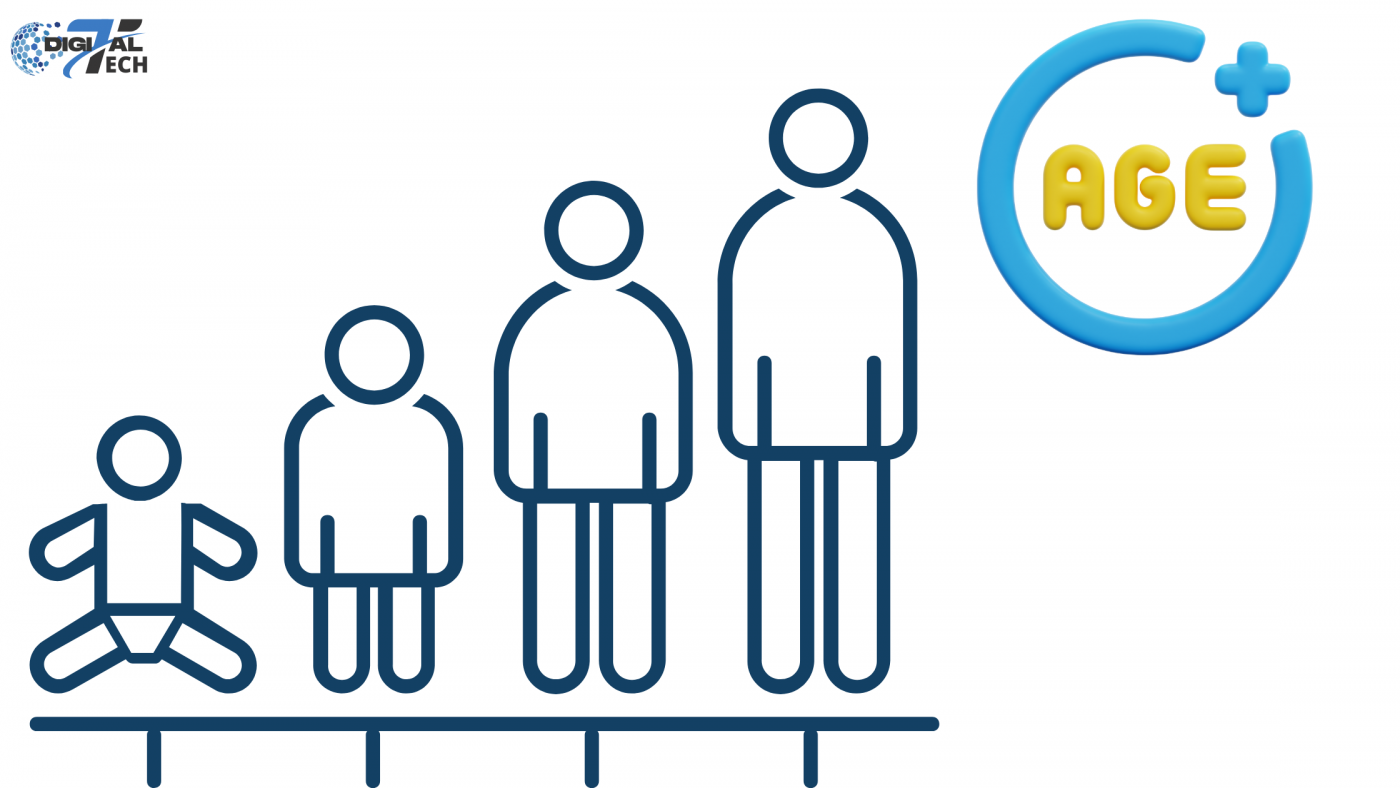
One important but frequently disregarded measure in eCPM debates is the utilization rate. Daily Engaged User or DEU, is a measure of the average number of ads displayed to a player who has seen at least one ad. It is available on mediation dashboards. Why then is this measure so important? It comes down to deterioration of eCPM.
A player’s likeihood of installing an app is typically decreased with each extra advertisement they see. As a result, compared to, example, the tenth advertisement, the eCPM for the first one a player views in a day is typically higher. To demonstrate this, we examined data from October 2023 for rewarded video advertising and interstitial ads on the iOS and Android platforms, with a particular emphasis on the US market.
It’s best to take into account games with comparable usage rates when comparing eCPMs across various games. Because it takes into consideration the declining value of advertisements to players after several views, this guarantees a more realistic comparison.
8. Blocking strategy
Ad monetization managers have several tools to control game ads. While micromanaging every player ad is impossible, there are ways to regulate some. These can be broad category blocks like politics or religion, genre filters like puzzles or casino games, or even a single app or ad campaign.
The main issue is that developers’ ad content limitations reduce the number of advertisers competing for ad space. Competition reductions may lower eCPMs. Compared to eliminating specific genres known for extensive advertising, excluding only a few big competitors and sensitive categories is different.
When comparing eCPMs across games, we must consider the breadth and nature of ad blocking tactics. This background is crucial to understanding why some games have greater or lower eCPMs, as these techniques greatly impact ad impression competition.
9. Player Source (Your User Acquisition)
If your game has a hero banner on the Apple App Store or Google Play Store, you may have seen some interesting trends. Featuring can boost organic traffic, but retention, monetization, and other KPIs generally drop.
More store presence brings a bigger, more diversified audience to your game. Many of these players may not be actively searching for your game. They test it briefly and move on. Player quality affects game stats, as shown above.
This applies to ad-monetization measures as well. Whether your game is acquiring players organically, paidly, or through specific promotions affects eCPM.
10. Advertiser Side (aka Other Games’ User Acquisition)
Because of the caliber of players it attracts, user acquisition has a significant impact on eCPM. The demand side is, nevertheless, yet another crucial factor. The amount of changes in advertisers’ budgets, whether they are increases, decreases, or shutdowns entirely, and whether or not they have blocked your game for some reason, all have a significant impact on eCPMs. These demand-side components can pose a significant degree of uncertainty for ad monetization managers, adding yet another level of intricacy to the already complex eCPM jigsaw.
You may have realized by now that eCPM comparisons between different games can be nullified by an unknown factor, even if all other variables (ad format, country, platform, scale, similar mediation setups, player age, usage rate, blocking strategies, and player sources) are aligned.
4. Is eCPM something to take into account when determining your game’s success?
In conclusion, it’s critical to use caution when comparing eCPMs between various games. Although those quarterly industry reports with eCPM values are definitely worth looking at, they should be viewed with a great deal of suspicion. In other words, a game with a higher eCPM doesn’t necessarily have superior ad mediation optimization.
The conversation about mediation optimization tactics and other ad monetization setup components is where the true value is found. It is more advantageous to pay attention to these tactical methods as opposed to merely the eCPM figures. By doing this, we change the focus of the discussion to improving the real value that advertisements add to our company, going beyond simple numerical comparisons to a more in-depth comprehension of successful ad monetization strategies.
